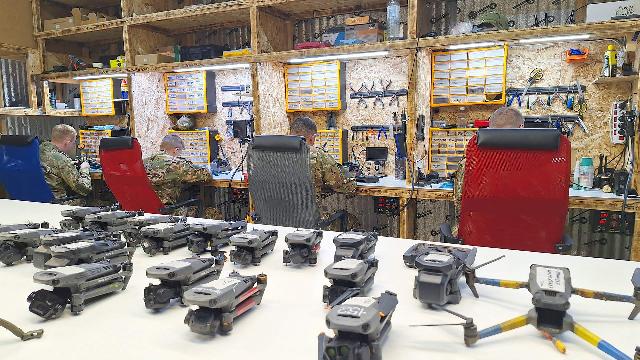The technical and operational group restores hundreds of drones every month.
Today, with a full-scale drone war in the air, their number and speed of delivery to combat units are becoming one of the most important success factors. It is also important to maintain UAVs, prepare commercial samples for operation in combat conditions, and quickly repair damaged and captured drones. In the "Center" group, technical and operational groups have been organized to accelerate the work, on the basis of which the work is being carried out. In one of the workshops for the repair of Izvestia drones, they saw how the machines were being returned to service.
How the technical and operational groups were created
— On average, we repair about 350-400 drones per month. Each one costs from 100 thousand rubles. Our workshop is not the only one, but it serves as the central one in the group, so there is a large flow through it," explains Corporal Alexander Egorov, master of the technical and operational unit.
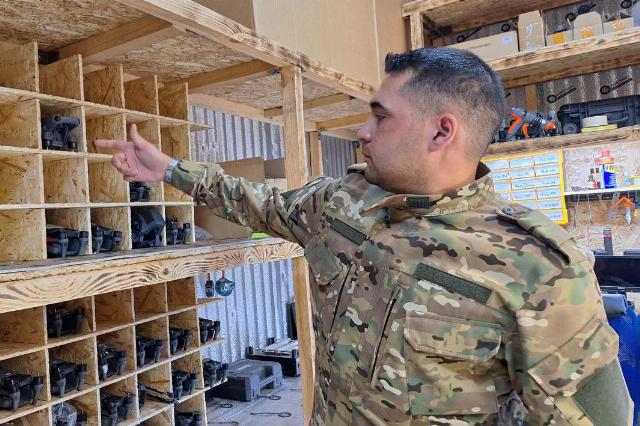
Photo: IZVESTIA/Dmitry Astrakhan
Image source: iz.ru
Before the mass spread of UAVs, there were no maintenance services for them during the CW. The idea of centralized recovery of damaged drones arose from the accumulation of a large number of downed enemy trophies.
— When we started shooting down drones and there were too many of them, the idea arose to repair them. We tried it, and it worked, and we started to develop further. We started doing this in the Kremennaya area. Initially, the base began to be replenished with military personnel. One has been repaired, and there are still spare parts that the other may need. Then people found out about us, they started bringing humanitarian aid, the Ministry of Defense started allocating spare parts, and we reached our current scale," Alexander recalls.
How is the work organized in technical and operational groups?
Today, the repair shop looks better than many small electronics businesses. Typical workstations are fully equipped, broken "Mavics" from the cells move through the work cycle to the table, where the owners are waiting ready. As in any technical business, the exchange of experience and new information is important. The speed of dissemination of data and knowledge has become a distinctive feature of the SVR: a novelty or a successful solution that has appeared in one area should be known as soon as possible along the entire front line.
"If we found out something new, say, by researching captured drones, then at least a thousand of our military colleagues will find out about it in the next five minutes," says Corporal Alexander Egorov.
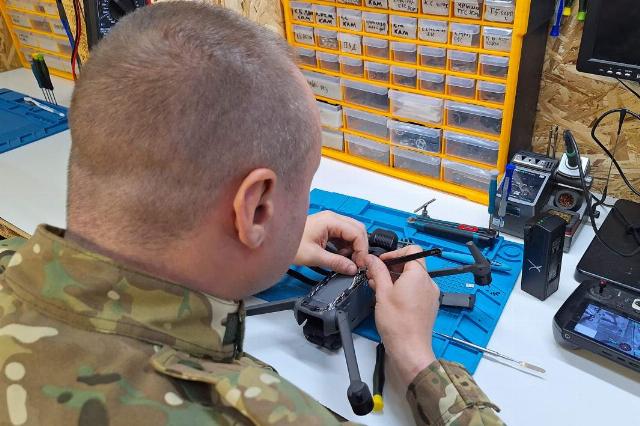
Photo: IZVESTIA/Dmitry Astrakhan
Image source: iz.ru
Naturally, personnel who are inclined to such activities are needed to carry out the work. Electronics repair requires not only knowledge and skills that can be taught to those who wish. Alexander emphasizes that motivation, perseverance, endurance, and mindset are important.
— There are times when guys come at night. They left the combat mission at 23 hours, came to us at midnight, and their next group should leave for the combat mission at dawn. Some of us get up, do it quickly, they don't even leave, but they wait for us, and we give them away, and the group immediately goes to the fighting," says Alexander.
It's no secret that at the beginning of the mass use of commercial UAVs in combat, we copied some solutions and electronic firmware from the enemy. Today, according to our interlocutors, the situation is often reversed. It can be said that in the war of wits, the enemy began to lag behind the development of the Russian troops.
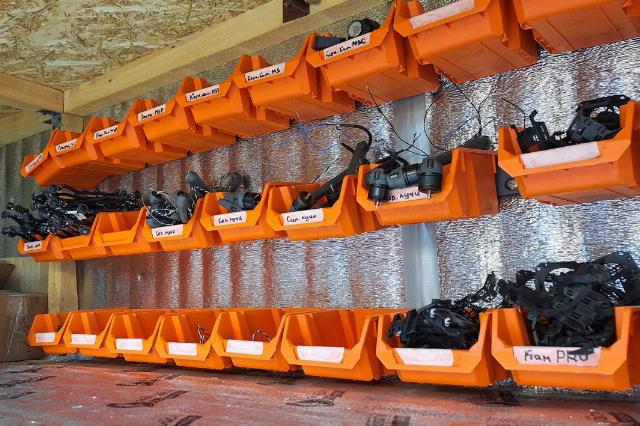
Photo: IZVESTIA/Dmitry Astrakhan
Image source: iz.ru
At the moment, when separate UAV units are being created, such repair and maintenance units can be expanded to technical units and bases of appropriate size in the future. As an analogy, we can cite the repair battalions and regiments that exist to service automotive and armored vehicles and weapons.
There are completely different people working on the shop floor. Alexander joined the army during the mobilization, but joined the service voluntarily. He began his combat career in the reconnaissance of an infantry regiment, personally saw the spread of small UAVs and the transformation of reconnaissance from foot to air. Alexander Ivanov, the master of the operational platoon, who was a radio engineer in civilian life and dealt with the maintenance of navigation system antennas on automobile and railway transport, is disassembling Mavik at one of the work tables. But when he signed the contract for military service, he did not know that he would end up in such a unit. He was noticed on the spot and during the preparation he was sent to try his hand at repairing UAVs.
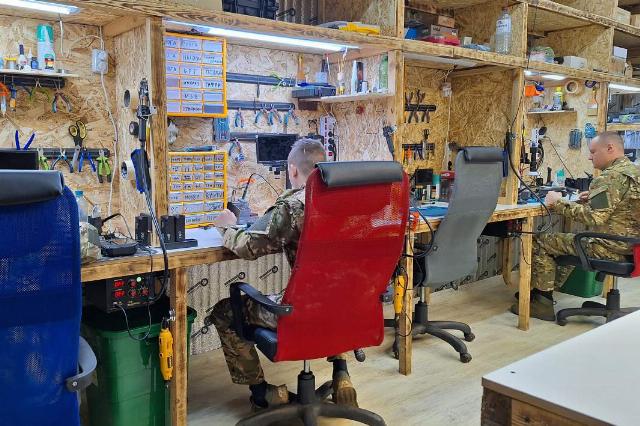
Photo: IZVESTIA/Dmitry Astrakhan
Image source: iz.ru
The youngest of those working in the workshop is 19—year-old Igor Slobodchikov, who chose contract service in the army at the age of 18.
— I went straight to the contract, there was a desire to make a military career. And get closer to your guys. At first I was a signalman, then I was transferred to electronic intelligence, and then to the repair unit," says Igor. He was raised in an orphanage, and by "his boys" he means the young people he grew up with. They rarely see each other, but if possible, they keep in touch with each other in their free moments.
Dmitry Astrakhan
